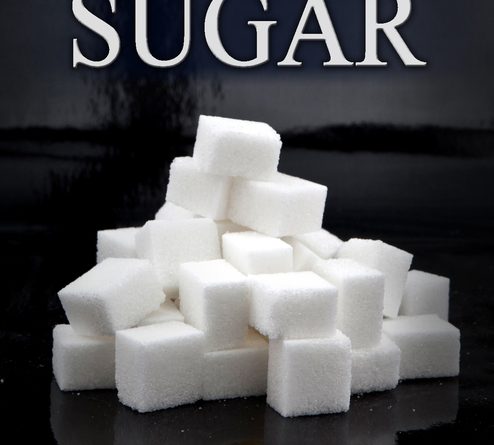
The Story of Sugar
The prevalence of sugar in contemporary diets makes it hard to believe there was a time in the not-so-distant past when it was not so readily available.This episode charts the fascinating story of sugar to learn how it is inextricably linked with European expeditions to tropical islands and subsequently, the Transatlantic slave trade.
Along with fellow presenters around the world, Kate Comer discovers the extraordinary journey of the world’s most delectable addiction.
Kate embarks on this voyage of discovery meeting historian author Dr.Matthew Green to learn about the origins of sugar. The earliest available evidence suggests it was discovered in India around 500 BC where a sugar-syrup called khanda, a sort of modern day candy, was commonly used. By 600 AD the use of sugar spread to Persia with rulers entertaining guests by offering a plethora of sweets. Nowadays, India is the largest consumer of sugar in the world at 26 million tonnes per year.
At Kew Gardens in London, horticultural expert Sara Redstone shows Kate the plants that sugar comes from; approximately 70% of sugar is produced from sugar cane whilst the remaining 30% is produced from sugar beet. In most sugar cane growing countries, productions mills are located near the cane fields and such is the case in Cuba where we discover how the cane is processed into refined white sugar. Here Bobby Chinn also samples a glass of freshly squeezed sugar cane juice from the roadside vendor.
The top sugar producing country in the world is now Brazil, which accounts for approximately 20 per cent of global production and more than 40 per cent of world exports. Dr. Matthew Green explains how sugar reached Europe during the 11th century with the Crusaders bringing back the mysterious “sweet salt” on their return from the Holy Lands. By the mid-16th-century, the Portuguese had taken sugar cane seeds to Brazil and soon after, the sweet cane made its way to the British, Dutch and French colonies in the Caribbean such as St. Kitts, Barbados and Haiti. It wasn’t long before the European settlers found they were lacking sufficient manpower to carry out the backbreaking work of planting, harvesting and processing the crop thereby devising and implementing the Trans-Atlantic Slave trade as a solution to this problem.
In Ghana, Megan McCormack visits Elmina on the West African coast where dozens of European forts were built to house captured locals, or as they were then referred to, natives. Destined for the New World, many of the slave ships heading out of Africa landed in Caribbean islands and South America. Ian Wright visits a plantation in Jamaica where he learns that during the 19th century, the Caribbean island of Cuba became the most important world producer of sugar as Cuba’s sugar barons gained great prosperity from its sugar trade.
In the early 19th century, Britain outlawed the slave trade but in Cuba the early 20th sugar mills were still owned by companies from Europe and the USA where anti-slave legislation took longer to implement. One such company was the American chocolate manufacturer Hershey which built factories in Cuba and railway lines to the plantations it owned to source its sugar supplies.
Fast forward to the present day as we discover how sugar continues to power the sweet tooth of many nations across the globe; Bobby Chinn samples Indian sweets in Delhi, a Palestinian sweet dish in Amman and has a sugar rush in the Philippines. In London, Kate tries her hand at making old fashioned candy and the programme concludes with nutritionist Antonia Maguire who discusses the human craving for sugar.
More information:
Article: A Short History of Slavery and Sugar Cane in Jamaica
Credits
with thanks to:
SPUN CANDY
ROYAL BOTANIC GARDENS, KEW
